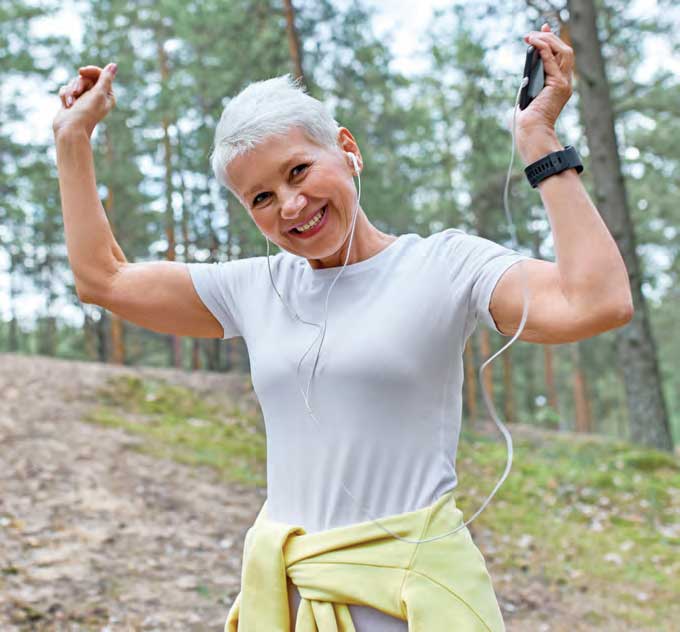
“Life is not merely being alive, but being well.”
-Marcus Valerius Martialis
We all know July 4th is a federal holiday in the United States to commemorate the Declaration of Independence on July 4th, 1776. This holiday is typically filled with fireworks, BBQ, and family and friends gathering to celebrate our great country. It’s also a great opportunity to celebrate our personal independence and autonomy.
Ways to Celebrate and Promote Independence:

1. Functional Fitness Testing. Functional fitness testing is a great way to put a spotlight on your independence. Determining your baseline fitness level and making appropriate recommendations for exercise classes, programming, or additional support is a step towards continued independence. Not sure where to start? Contact the TherapyTeam!
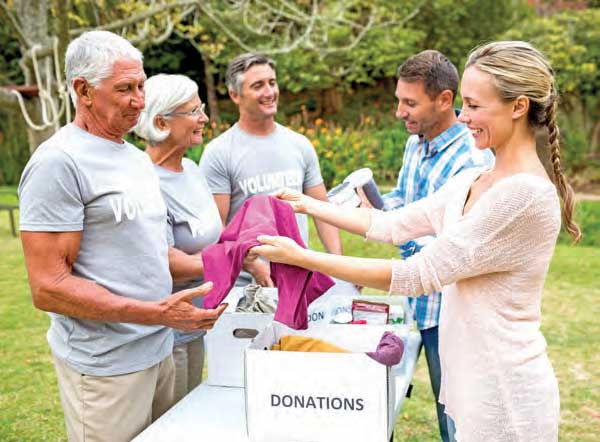
2. Look at Vocational Wellness. Vocational Wellness is one of the seven dimensions of wellness, and it is the ability to achieve personal satisfaction and fulfillment, maintain balance, and make a positive impact. Examples of vocational wellness can include mentoring or tutoring, volunteering, or even caregiving.
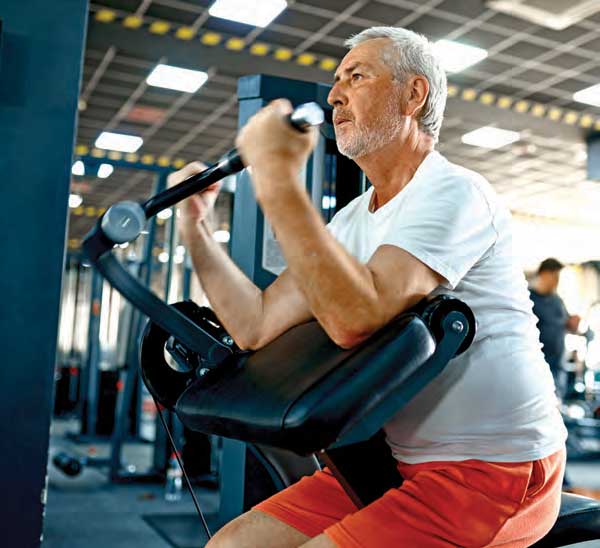
3. Exercise! Participate in wellness classes, walking programs, or aquatics. Keep your body moving! The more you move, the stronger and healthier your bones, muscles, and brain will be!Healthy minds and bodies promote independence!
As we celebrate our nation’s independence, take a moment, and celebrate your OWN independence – physically, mentally, spiritually. What things are you doing throughout the week, month, or even year, to spotlight your abilities and promote continued independence? Not sure where to start? The Functional Pathways Therapy Team can help!

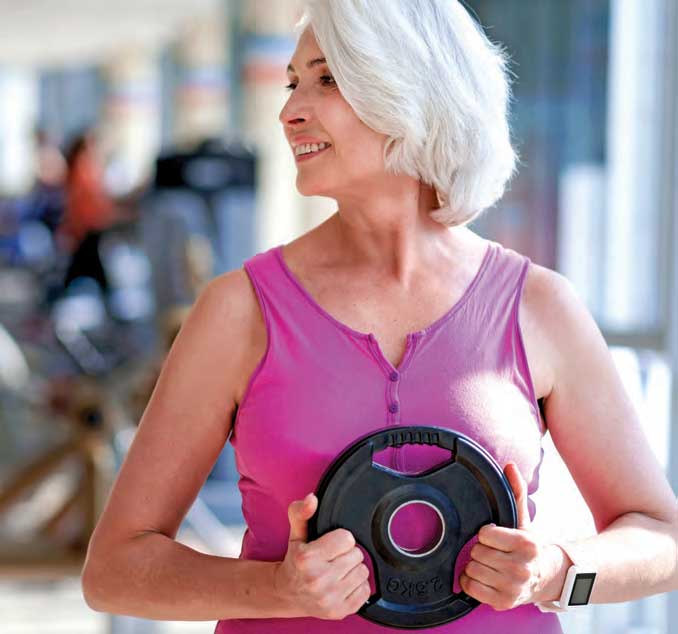
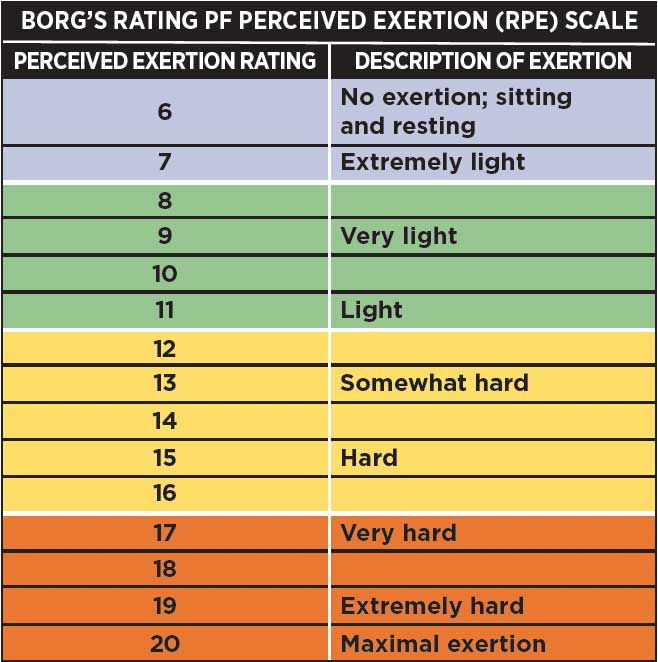

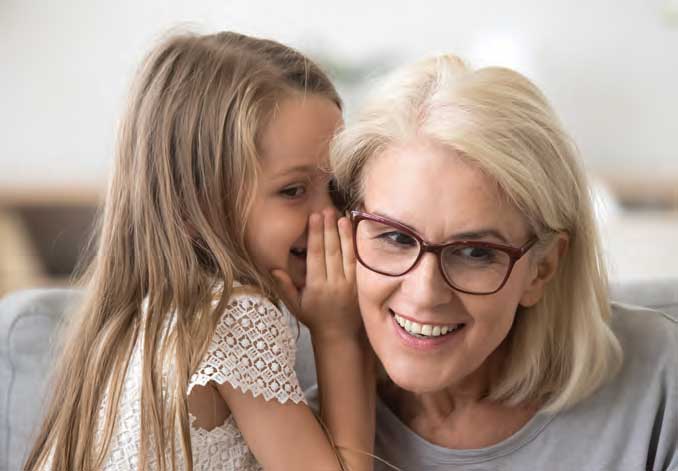


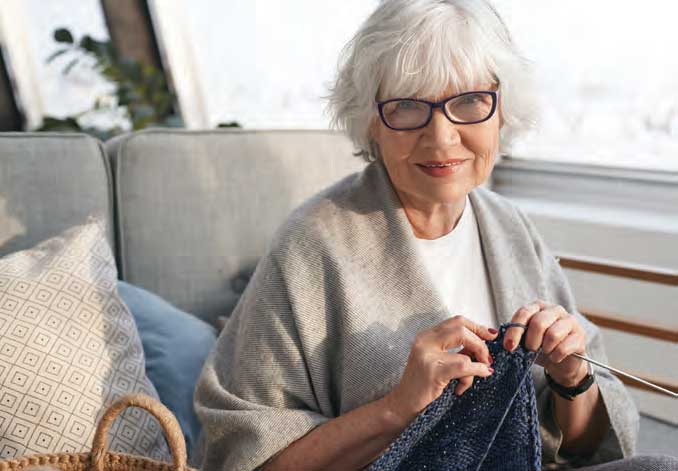

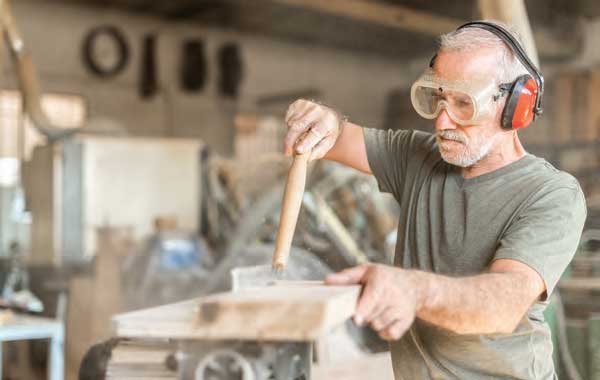
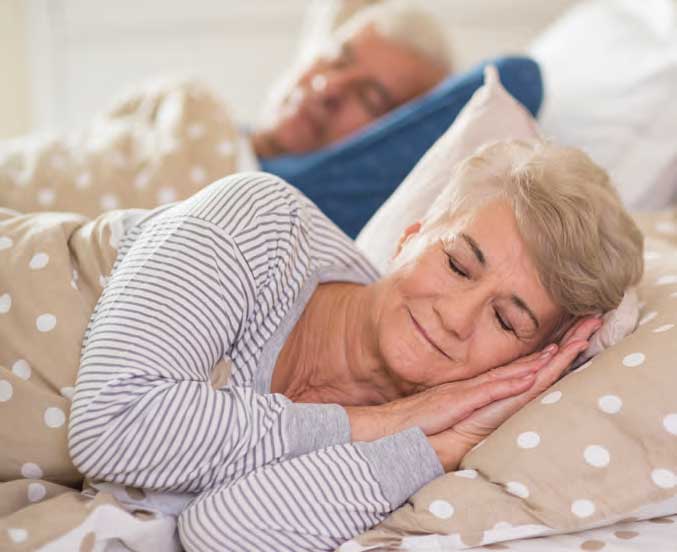




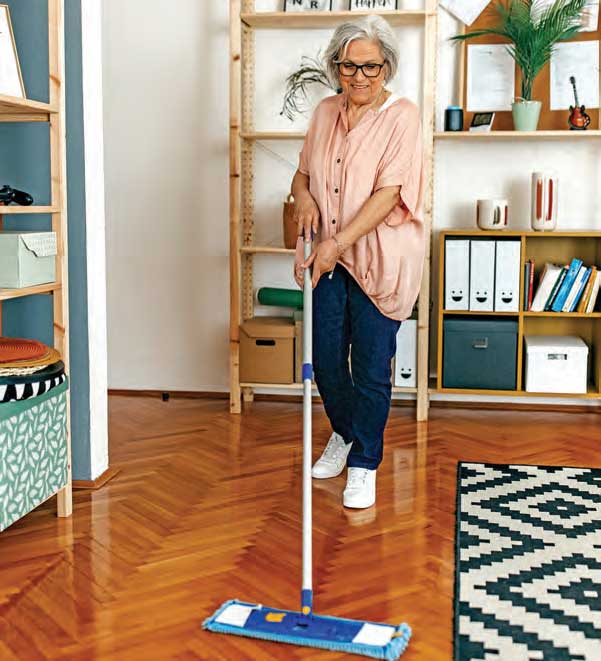
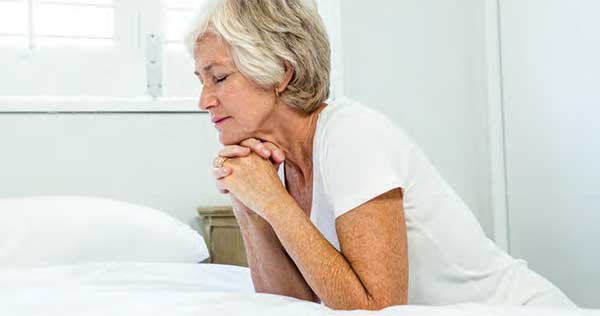






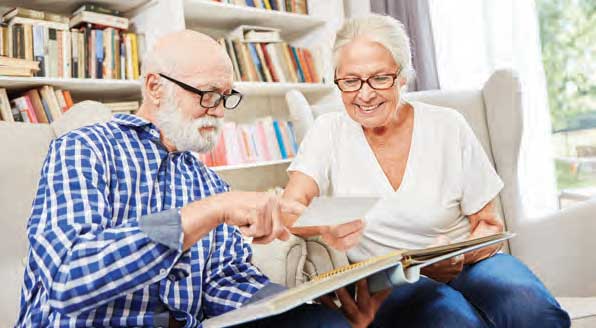
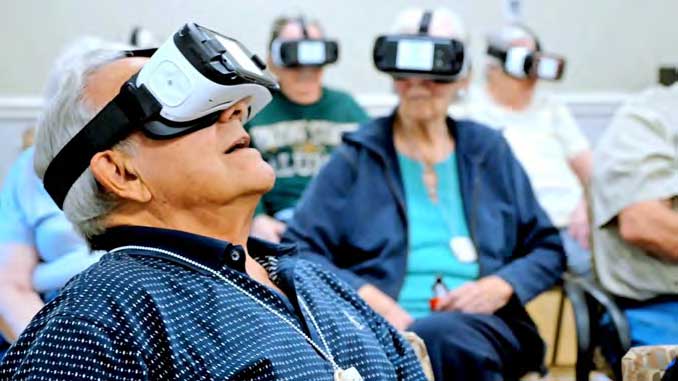




 © 2025 Kirby Pines LifeCare Community. All Rights Reserved |
© 2025 Kirby Pines LifeCare Community. All Rights Reserved | 